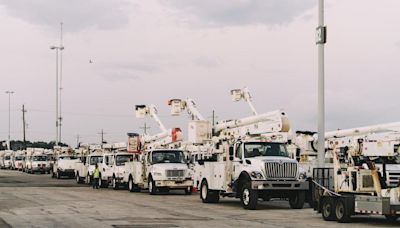Search results
Jun 20, 2024 · Tree, woody plant that regularly renews its growth. Most plants classified as trees have a single self-supporting trunk containing woody tissues, and in most species the trunk produces secondary limbs, called branches. There are few organisms as important as trees for maintaining Earth’s ecology.
In botany, a tree is a perennial plant with an elongated stem, or trunk, usually supporting branches and leaves. In some usages, the definition of a tree may be narrower, including only woody plants with secondary growth, plants that are usable as lumber or plants above a specified height.
May 21, 2020 · Meet the mighty tree species that clean our air, protect our water and provide habitat for the wildlife all around us!
Jun 20, 2024 · Tree - Structure, Growth, Adaptation: Generations of terrestrial plants recycling nutrients and energy into the stratum led to the contribution of developing rich organic soil suitable for large shrubs and herbs. Trees are organized into three major organs: roots, stems, and leaves.
arborday.org offers detailed information on dozens of commonly planted landscape trees that grow throughout the United States. Here you will find information on height and spread, soil and sun requirements, leaves and fruit, history, wildlife habitat, and more.
What Tree Is That? Tree Identification Field Guide. Our illustrated, step-by-step process makes it easy to identify a tree simply by the kinds of leaves it produces. Begin identifying your tree by choosing the appropriate region below.
Anatomy of a tree. This information is courtesy the Arbor Day Foundation. A: The outer bark is the tree's protection from the outside world. Continually renewed from within, it helps keep out moisture in the rain, and prevents the tree from losing moisture when the air is dry.










